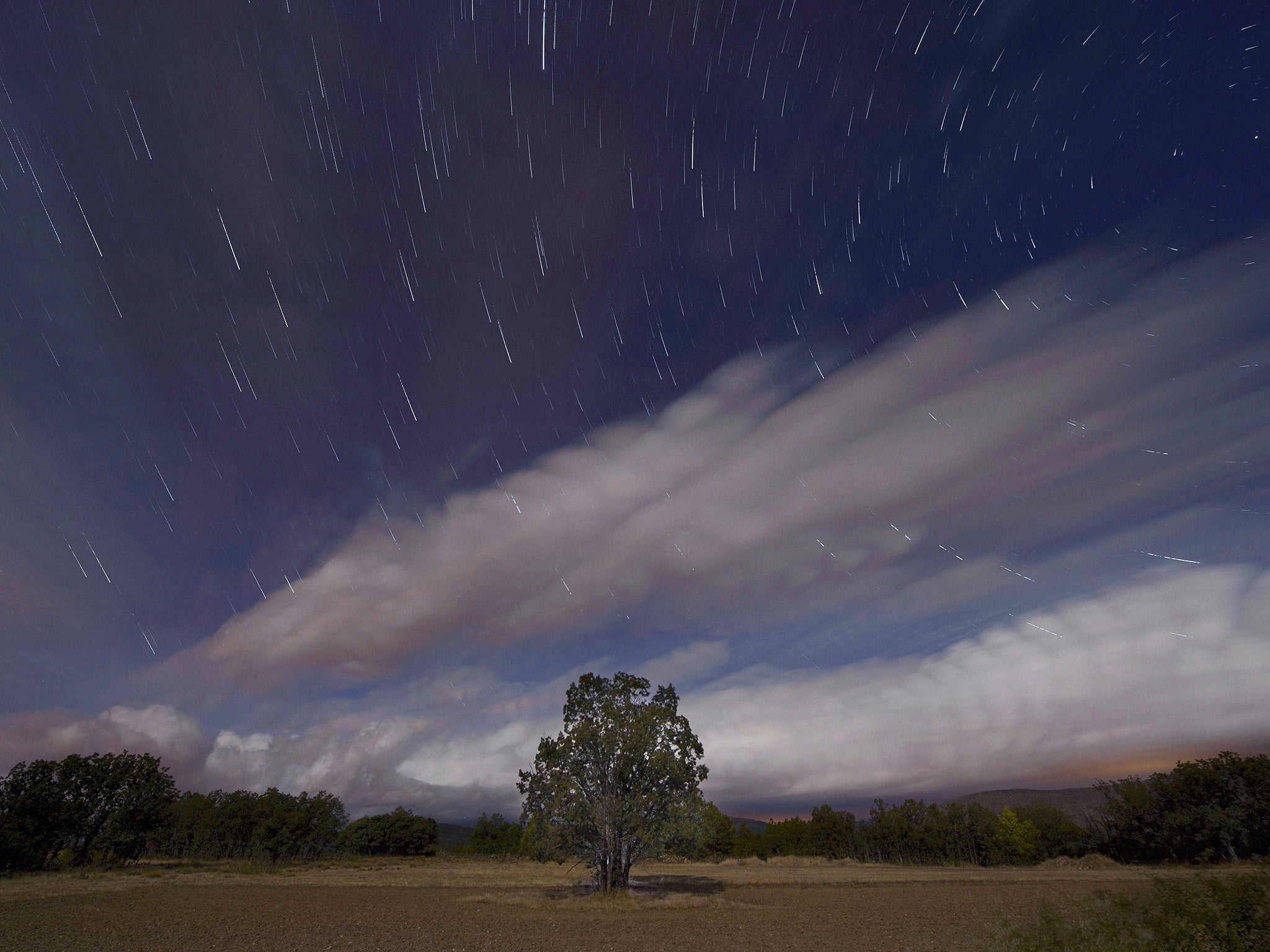Geminids: most spectacular meteor shower in the world heads over UK this weekend
As many as 100 meteors an hour will be visible during the most intense bits of the shower

Your support helps us to tell the story
From reproductive rights to climate change to Big Tech, The Independent is on the ground when the story is developing. Whether it's investigating the financials of Elon Musk's pro-Trump PAC or producing our latest documentary, 'The A Word', which shines a light on the American women fighting for reproductive rights, we know how important it is to parse out the facts from the messaging.
At such a critical moment in US history, we need reporters on the ground. Your donation allows us to keep sending journalists to speak to both sides of the story.
The Independent is trusted by Americans across the entire political spectrum. And unlike many other quality news outlets, we choose not to lock Americans out of our reporting and analysis with paywalls. We believe quality journalism should be available to everyone, paid for by those who can afford it.
Your support makes all the difference.Beginning this weekend, the UK’s most spectacular meteor shower will be visible, as the Geminids pass overhead.
The showers peak next weekend, on 13-14 December, when more than 50 meteors an hour will be visible. At its peak, more than 60-100 shooting stars can be seen.
The meteor shower will be most visible if the skies are clear and cloudless.
To get the best view, you should head away from lights to a clear place. (It will likely be cold, so wrap up warm.) Let your eyes get used to the dark, which will take about 15-20 minutes.
They will be visible from around 10pm, and will get most visible at around 2am-3am.
Lie looking up to the skies and look anywhere — meteors appear randomly in the sky, so keep an eye on as much of it as possible. It can take a few minutes before any appear, so don’t look away for too long.
The Geminids are different from other meteor showers because they come from an asteroid, rather than a comet. That makes them more gritty and rocky than other meteor showers, and means that they’re easier to see.
The meteor shower got its name because they come from a part of the sky associated with Gemini.
They have been getting stronger over time — and always appear in December — being first reported in the mid-1800s. Every time the asteroid goes past the sun, more bits break off and join the shower.
Subscribe to Independent Premium to bookmark this article
Want to bookmark your favourite articles and stories to read or reference later? Start your Independent Premium subscription today.
Join our commenting forum
Join thought-provoking conversations, follow other Independent readers and see their replies
Comments